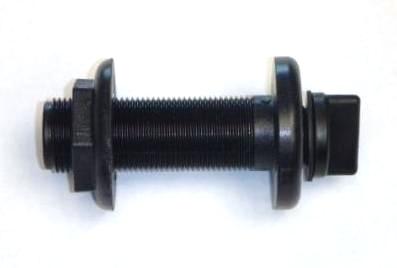Sorry my apologies, you are absolutely right.. good idea, I'll do up a short list explanation... hope this helps! FYI, I went back and posted this list in the first posting of this thread, Thank you
Fibreglass Defined
CM =(also known as fiberglass mat) has short strands of fibers held together with a resin binder. The fibers are randomly oriented. Mat is only compatible with polyester and vinyl ester
resin. When resin is added to the mat, the binder dissolves and the fibers can be moved around. It is easier to conform mat to tight curves and corners than it is with weaved fabric.
Fillet = A fillet is a continuous bead of thickened epoxy or polyester mixture applied to the angle created between two parts. It increases the surface area of the bond and serves as a structural adhesive and brace.
Tabbing = Typical construction (called "
tabbing") involves bonding stringers and bulkheads to the hull with strips of fiberglass cloth wetted with polyester resin. Done correctly, these tabs give an initially strong connection that seems permanent
OZ = For example, if an application requires 3 square yards of a 4 ounce-per-square-yard fabric (total fabric weight is 12 ounces), 12 ounces of resin will be needed. However, if 3 yards of 10 ounce-per-square-yard fabric is chosen (total fabric weight is 30 ounces), 30 ounces of resin will be needed.
1708 =
1708 indicates the weight of each layer. The biaxial weave cloth is
17 oz. per square yard, and the chop strand mat backing is
8 oz per square yard. Total of 25 oz is required per yard of 1708, 17 for the biaxial weave cloth + 8 for the chop strand mat.
Schedule = This is a list of the individual layers and orientation of the plies
Boat Structure Terms
Stringers = Stringers are support members bonded into boat hulls, usually oriented parallel to the long axis of a boat hull.
Keelson = a longitudinal structure running above and fastened to the keel of a ship in order to stiffen and strengthen its framework.
Bulkhead = A bulkhead is an upright wall within the hull of a ship, other kinds of partition elements within a ship are decks and deckheads.
Transom = A transom is the flat part which forms the stern of a square ended boat.








